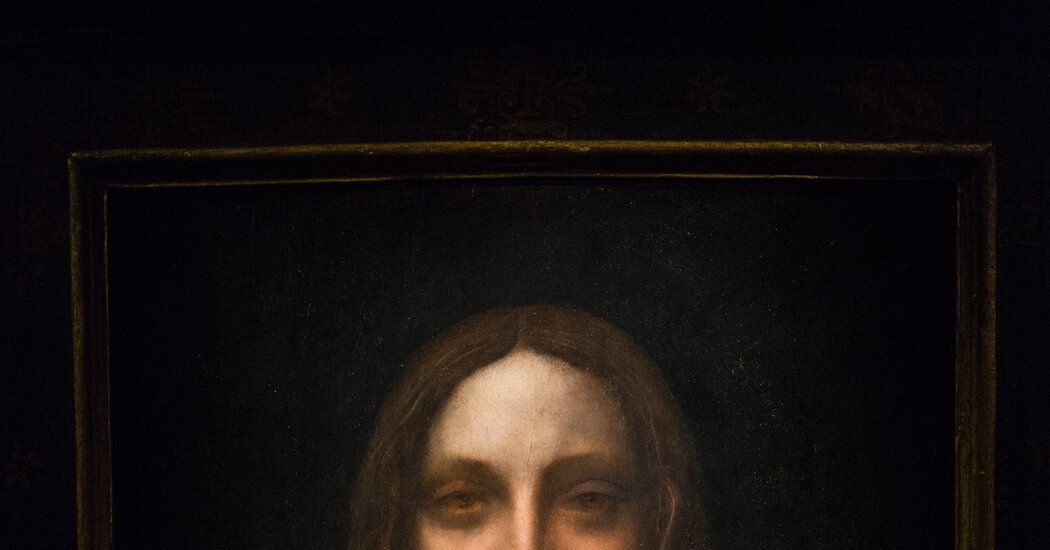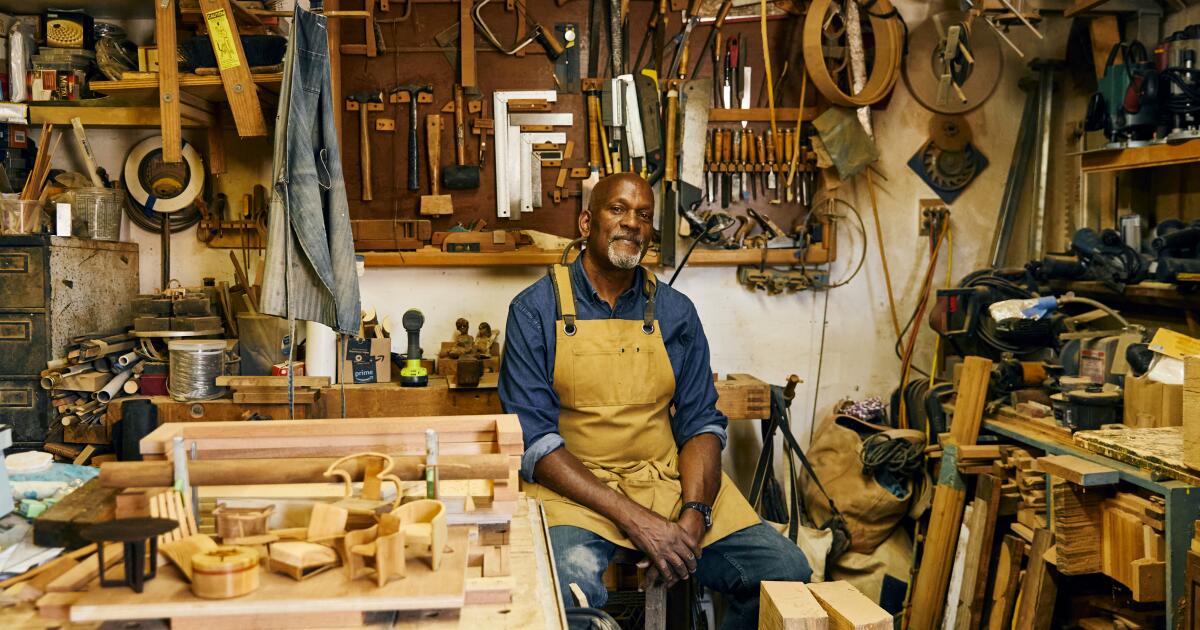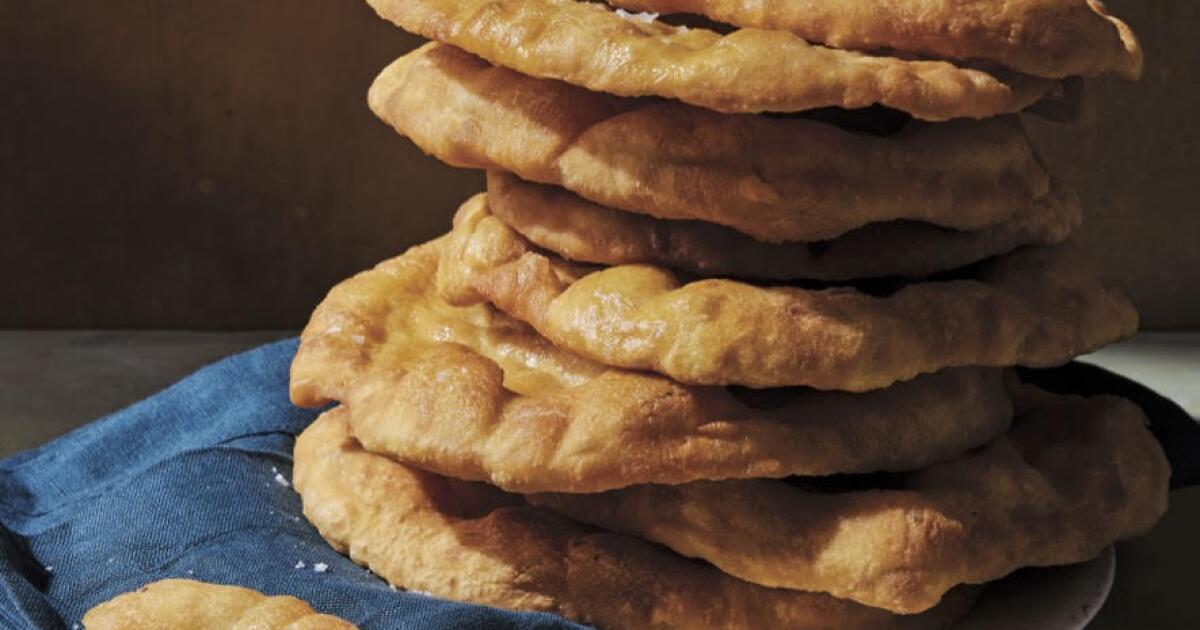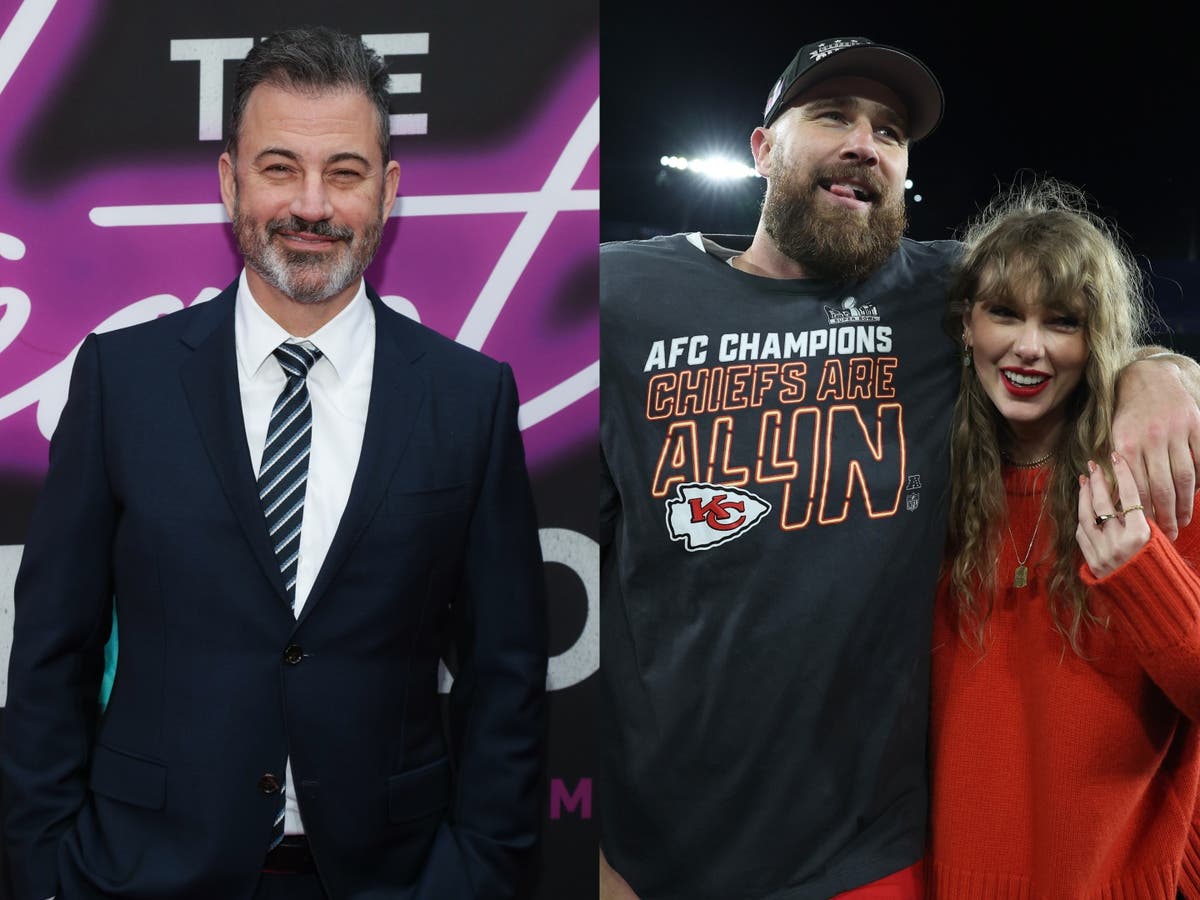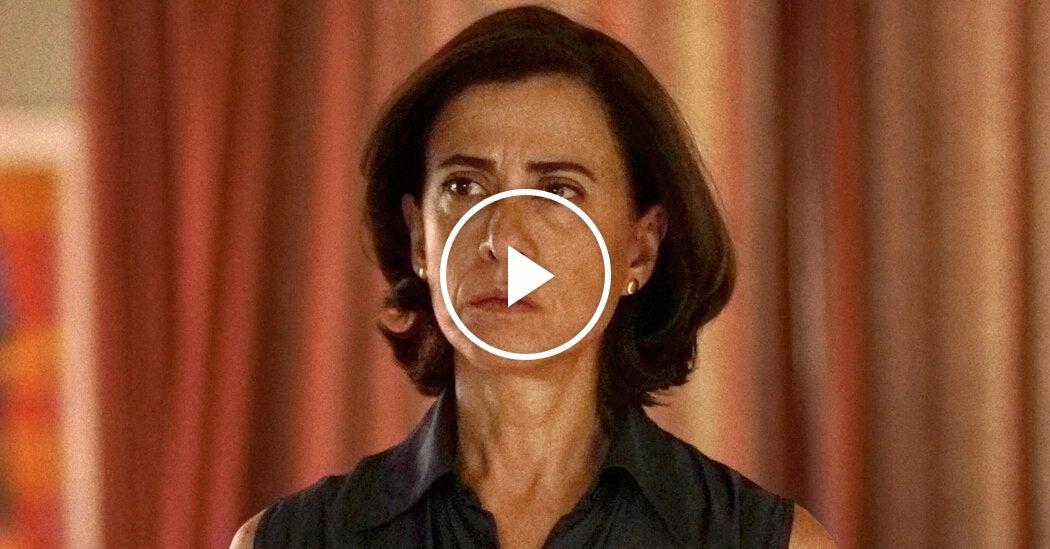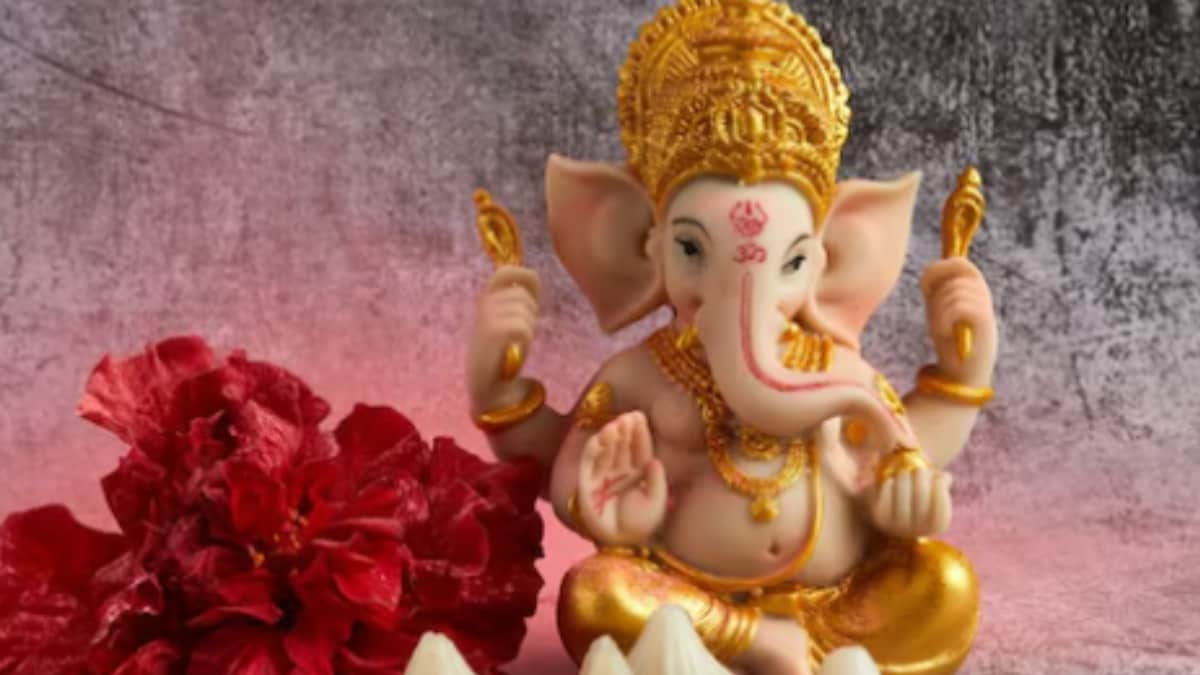The painting Sotheby's was trying to sell was a newly discovered work by one of the world's greatest artists, Leonardo da Vinci. He was known as the “Salvator Mundi” and was a representation of Christ.
But he had a code name: Jack.
Samuel Valette, a Sotheby's specialist, testified in a Manhattan court on Wednesday about how one day in March 2013 he had carried the painting across the city in a van from the auction house's York Avenue headquarters to an apartment. luxury with views of Central Park.
It was one of many trips he had made to display paintings to a potential buyer, Valette said. As usual, he was accompanied by security personnel and the painting, already valued at tens of millions of dollars, was in a protective box.
The apartment was owned by Dmitry Rybolovlev, a Russian oligarch who sued Sotheby's, accusing the auction house of helping a Swiss dealer who he claims defrauded him in the sale of several masterpieces.
Valette said he didn't know whose apartment it was when he visited 15 Central Park West. Inside the house were two men, she said: the Swiss merchant, Yves Bouvier, a frequent customer who had arranged the visit, and Rybolovlev, whom she had met before.
But Valette, under cross-examination by Rybolovlev's lawyer, Daniel J. Kornstein, insisted that he had no idea who the apartment belonged to.
“Are you saying, Mr. Valette, that you arranged for this very expensive painting to be moved to an apartment and you didn't know who it belonged to?” —Kornstein asked.
“I didn't know whose apartment it was, that's correct,” Valette said, adding that insurers only cared about knowing the address and that Sotheby's would be present.
“I think at that time Mr. Bouvier had told me it was a big apartment building on Central Park West,” he said.
Valette's mindset — what he knew or didn't know in his dealings with Bouvier — is at the center of Rybolovlev's case against the auction house, which has been the subject of a federal court trial now in its second week in Manhattan. . Valette was the Sotheby's executive who dealt with Bouvier in the sale of the da Vinci and three other works that are the focus of the case.
In each case, Bouvier purchased the works through Sotheby's and then resold them to Rybolovlev at large markups. Rybolovlev says Bouvier deceived him by pretending to act as his artistic advisor in the transactions, even pretending to negotiate with phantom third parties when he was actually the owner of the works. He has argued that Valette understood what he was going through and helped him.
Sotheby's denies this. Bouvier, who is not charged in the case, has denied any wrongdoing and says it was always clear that he was acting as an independent trader.
After the visit to Central Park West, which Rybolovlev said was arranged to give him the opportunity to examine the work, Bouvier purchased the da Vinci for $83 million, only to sell it a day later to Rybolovlev for $127.5 million.
Sotheby's officials have argued that they were not aware of any fraud, if it ever occurred, and have made the argument at trial that if anyone was to blame for purchasing overpriced art, it was Rybolovlev himself for failing to protect himself against fraud. Bouvier actions.
But for Rybolovlev, Valette is central to the argument that Sotheby's was knowingly part of a scheme to defraud him out of hundreds of millions of dollars.
Although Rybolovlev accused Bouvier in court papers of defrauding him in the purchase of 38 works, only 12 of the works were purchased by Bouvier in private sales organized by Sotheby's, and only four are the focus of the trial.
Bouvier has fought Rybolovlev's allegations in legal disputes in Europe and Asia that ended after the parties reached a confidential settlement in Geneva late last year.
Rybolovlev's lawyers have argued that Sotheby's, which earned a $3 million commission on the sale of the Da Vinci to Bouvier, was guided in its actions by its interest in pleasing a man who had become a major client.
Questioning Valette on Wednesday, Kornstein asked a wide range of questions about Valette's input into the transactions between Bouvier and Rybolovlev. He asked, for example, why Valette had created Sotheby's documents that Bouvier would eventually send to Rybolovlev to persuade him to buy art; why Valette had created valuations that, according to Rybolovlev, hid the margins from him; and why Valette had kept Bouvier's name out of transaction histories.
Valette responded that he knew Bouvier had resold artwork and that at some point he learned that Rybolovlev was one of Bouvier's clients. But she said that she had never known what works Bouvier was selling to Rybolovlev and that everything she had done constituted accepted practices and courtesies undertaken by specialists selling works to a buyer.
As far as he was concerned, he said, “Mr. Bouvier was the buyer.”
During earlier testimony on Tuesday, Valette had told the court that he did not know that Bouvier was giving the artwork to Rybolovlev.
“My understanding is he was trying to sell them,” Valette said of Bouvier. “I didn't understand that he was buying them on behalf of anyone.”
During Valette's testimony Wednesday, he was asked about an insurance appraisal that Sotheby's had provided for the da Vinci in 2015, after Bouvier began to suspect that it had paid large margins on works it had purchased through Bouvier.
In the document, which was sent to Rybolovlev, the painting's insurance valuation was increased despite initial reservations from a Sotheby's colleague, according to court documents, and the accompanying cover letter was edited to remove a reference to the acquisition. previous version of the artwork by Bouvier. .
Rybolovlev has argued that those changes were intended to help Bouvier hide his alleged plan.
Valette acknowledged on the stand that he had made the changes at Bouvier's request. But he said they were the kind of changes Sotheby's would make for any high-end client and that he had ultimately only opted for a valuation that had been approved by other Sotheby's experts.
“To be fair, I didn't think about that,” Valette said. “He asked for these two minor changes.”
He was also asked why, in the case of a Modigliani sculpture that Rybolovlev bought from Bouvier, he had revised the estimated value upward. He originally told Bouvier in a 2012 email that the artwork was worth at least €70 million to €90 million, or perhaps even more, only to revise that estimate to €80 million to €100 million less than 12 hours later. Bouvier transmitted the upper projection to Rybolovlev's assistant. Valette said the adjustment was made because Bouvier wanted it to be more specific.
“He wanted me to be precise about my thoughts,” he said.
Colin Moynihan contributed with reports.

